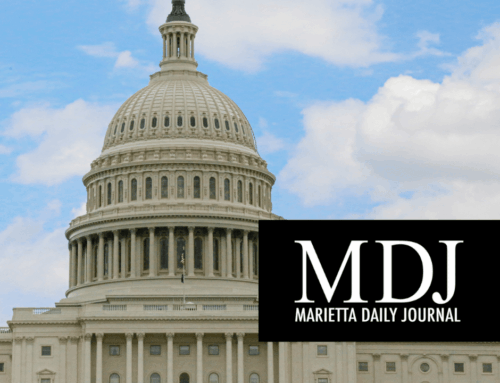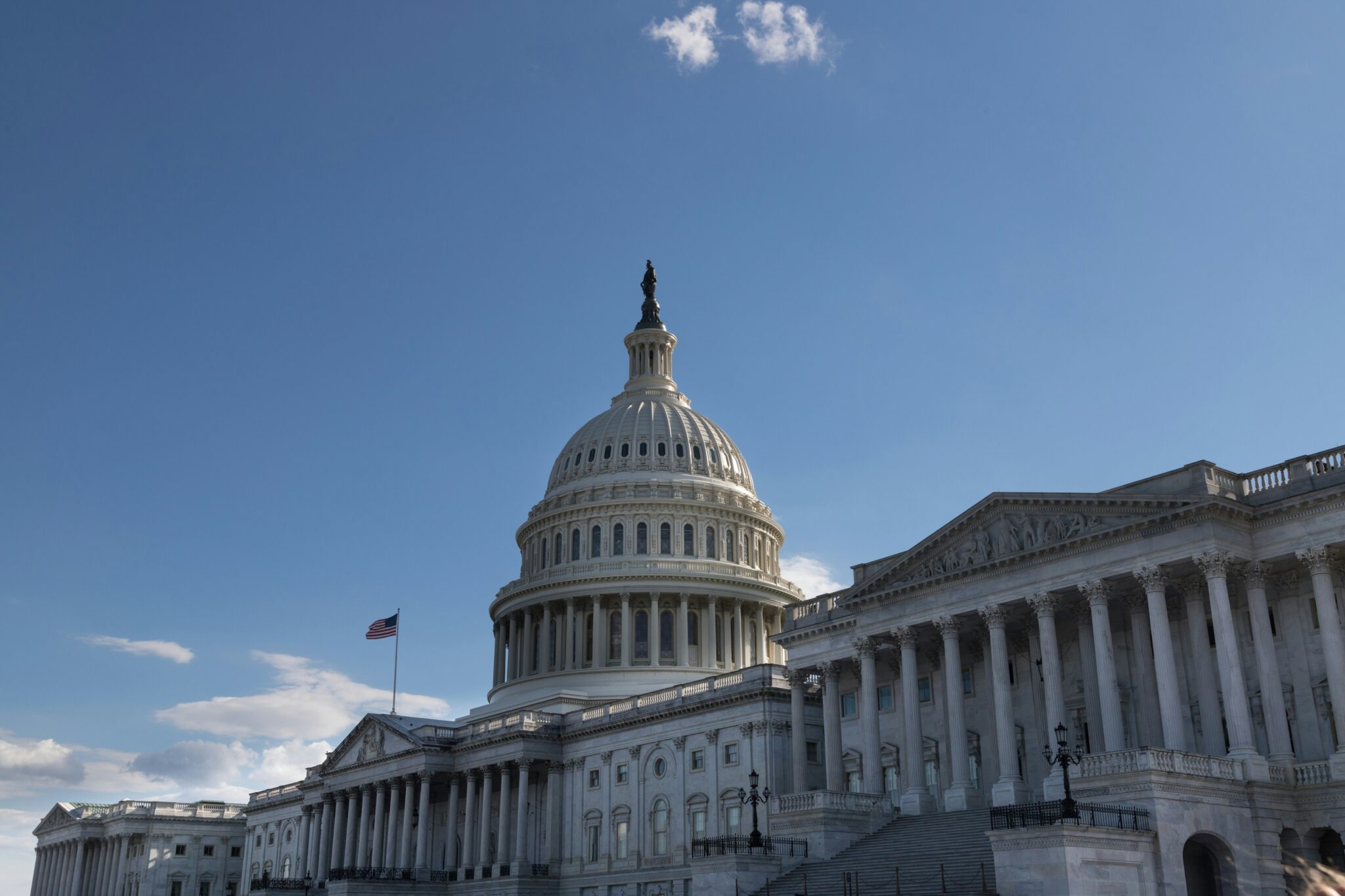The recently adopted more than $2 trillion coronavirus relief bill (CARES Act) contains two provisions that loom large for agriculture and taxpayers. These two “emergency” provisions, which will unleash nearly $24 billion from two separate pots of funds, may help a number of farming and ranching businesses weather the latest economic storm. But by ceding all authority to the Secretary of Agriculture on how to dole out the funds, the bill confirms a prediction TCS has sadly made for years. Taxpayers, already saddled with an over-budget, parochial Farm Bill, now must also fund an even costlier, less transparent, unbudgeted, shadow farm bill.
The CARES Act has two key provisions providing income subsidies to farming and ranching businesses. The first is a $9.5 billion pot of “emergency” funds Congress provides “for agricultural producers impacted by coronavirus.” It’s aimed at those that can’t really participate in most farm bill programs. So specifically “producers of specialty crops, producers that supply local food systems, including farmers markets, restaurants, and schools, and livestock producers, including dairy producers.” Producers who’ve seen their school lunch program, restaurant group, or other large institutional buyer pull back (or disappear), don’t have crop insurance. There is no such thing as farmers market insurance. Livestock (aka cattle) ranchers do have a taxpayer program for financial losses caused by abnormally high livestock deaths, including by disease. But that disease has to be in the cows, not the consumers. So these all could be reasonable. Especially if it’s for just this one time.
The second provision reimburses the Commodity Credit Corporation for $14 billion in net realized losses. The CCC is a paper governmental corporation. It has no building, no employees, and has a board consisting of USDA big wigs. Mostly it is a vehicle to cut and track checks for farm bill programs, including income subsidy, conservation, and foreign aid programs. (But not federal crop insurance. That’s the domain of the Federal Crop Insurance Corporation because…government.) It has a $30 billion annual line of credit it draws from the Treasury. Hit that limit before the year is up and no more checks can be cashed. The provision in the CARES Act is an accounting procedure to make room for $14 billion more in spending from farm bill programs. Many farm bill programs are designed to pay out when adverse economic times hit. That time is clearly nigh. So, also seemingly reasonable.
But wait! There’s more – literally.
When the new bailouts are viewed together and put in context of the last few years, however, all of this “emergency” cash doesn’t stand to reason.
The CARES Act marks the fourth piece of legislation in three years to provide “emergency” income subsidies for agriculture. For years farm bill apologists have thwarted common sense changes to federally subsidized crop insurance and “shallow loss” entitlement programs, by claiming the “predictability and stability” provided from them negated any need for expensive, unpredictable ad hoc bills. Well now we have grossly over-budget “shallow loss” programs, an $8 billion a-year crop insurance program AND annual ad hoc emergency bills!
Besides undermining predictability and stability (and budgetability) ad hoc appropriations cedes too much power to the Secretary of Agriculture. There are almost no strings attached to the money. And recent experience shows the secretary will ignore even minimal strings. The $125,000 annual individual payment limits set in law by the farm bill? The secretary treats that as a suggestion. Restricting businesses with an adjusted gross income (after expenses) exceeding $900,000 from receiving subsidies? He’s not interested in that either. In fact if those “people” make 75 percent of their income from farming, their payment limit is $900,000.
If a $9.5 billion secretary’s slush-fund is fiscally frightening, the $14 billion in new CCC spending is pure nightmare fuel. In normal times the CCC is simply a check processing center. These are not normal times.
Under the CCC Charter Act of 1948, it’s also a source of nearly unrestrained power. The law states the secretary has authority to create programs to promote domestic consumption, remove surplus commodities, aid in exports, purchase crops for federal programs and “support the prices of agricultural commodities (other than tobacco) through loans, purchases, payments, and other operations.” These sixteen words are what the Trump Administration leaned on when directing $16 billion to buy the good will of farmers who lost sales from President Trump’s trade war in 2019. Don’t forget they sent $12 billion in 2018, too.
So despite Secretary Perdue’s repeated insistence that trade aid is “a trade-disruption program not a price support mechanism,” clearing the decks for $14 billion more of strings-free borrowing authority acknowledges the open secret that a third round of farm country hush money is coming. And ag industry lobbyists are not even pretending it’s about “trade disruption” anymore.
Much of the CARES Act is clearly an attempt to stop an acute economic crisis from turning into a deep recession. In agriculture, however, the line between pandemic response and parochial pandering is getting blurred.










